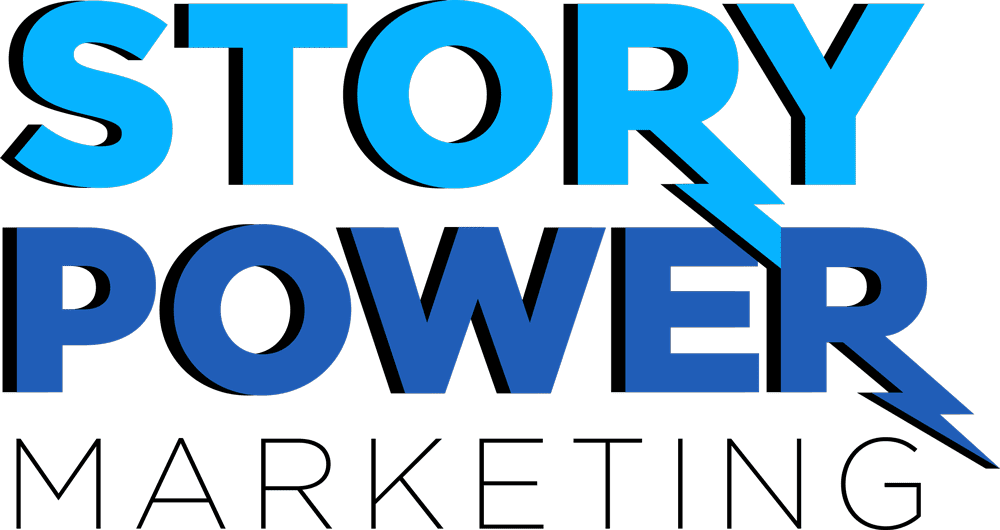The Difference Between Editing and Proofreading — and Why I Focus on The Former…

Rumor has it that some crafty marketers sprinkle typos and misspellings into their emails on purpose.
The reason: Emails with typos and misspellings seem more personal and authentic — or so some claim.
I get the idea. Typos and misspellings ARE common in “personal” emails.
But I’m not into the fake-authenticity thing.
When you see typos and misspellings in my emails…
…they’re the real thing.
Take yesterday’s email.
I wrote about my great-great-grandfather Joseph and his incredible journey from an impoverished village in Russia to a prosperous life in the USA.
I noted that Russian soldiers used to raid Jewish villages like Joseph’s.
“Historians call these violent raids progroms.” I wrote. “Joseph wanted to escape this place and the progroms. He wanted to go to America.”
The first reply came five minutes after I sent the email.
Subject line: “Programs?”
Message text: “I think you meant POgrom.”

Ugh! Yes, I meant “pogrom.”
The second email landed 45 minutes later.
Message text: “Historians call these violent raids programs” ??? No they don’t.”
Charmless, but true.
How did this happen!?!
I don’t have an excuse.
But I have a writing process.
I write most of my daily(ish) emails on the morning I send them.
Why? Because the emails I write “on the fly” are usually better than the ones I write in advance.
I roll out of bed, do my morning routine (meditation, journaling, etc.), and then I sit at my computer and start to write.
Editing Tip #1:
Do NOT edit as you write the first draft.
I plow ahead until I’m “finished.” If I edit as I write, I overthink it. It takes too long. And the copy isn’t as good.
After I finish the first draft, I read it from top-to-bottom and revise as necessary.
Editing Tip #2:
Don’t worry about “proofreading”
during first-round edits.
There’s a difference between editing and proofreading. Editing is about the big picture, not the fine details.
Does the copy flow? Is the tone right? Did I leave anything out? Is there anything I can cut?
When editing, I don’t go through the copy with a fine-tooth comb looking for misspellings and typos.
That’s a different process, and it distracts from the big-picture editing.
If I catch a typo or misspelling or typo while editing, I fix it. But some slip through.
Editing Tip #3:
Read it aloud.
After revising my first draft, I rinse and repeat. But this time, I read my draft aloud.
The questions are the same: Does the copy flow? Is the tone right? Did I leave anything out? Is there anything I can cut?
It’s amazing how much reading aloud reveals.
I revise as necessary.
Then I send the email.
Proofreading tip:
Do it when it matters MOST
and ask for help.
When I’m writing copy for a client, drafting content for my website or book, or working on a proposal, I proofread with a fine-tooth comb.
This is NOT fun for me. It’s a slog.
And even when I do it slowly and carefully, I miss things.
So I usually enlist a second proofreader. That extra set of eyes catches things I might miss.
Could I do this with my daily(ish) emails?
Sure. But I don’t bother. That would add unnecessary complexity, time, and cost to the process.
I like to get those emails out the door as quickly as possible.
And I’ve never had a subscriber opt-out because of a misspelling or typo (at least not one who has told me so).
Different story with web copy, books, proposals, etc… Precision matters more in those cases.
So when you see a typo or misspelling in my emails, please know it’s an honest mistake — not a marketing trick.
And let me know about it…
…preferably in a charming, constructive way.
Don't go away yet..
p.s. Coaches, authors, and consultants hire me to power-up their creative content and storytelling to captivate prospects, stand-out and book more business.
Whenever you're ready, here are several ways I can help you become a storytelling stand-out so you'll land more clients without pitching and prodding:
1) Get the Story Power Profit Pack -- 52 Strategies, Tips, and Tactics to Transform Your Content from Ignored to Adored.
2) Watch the free, 7-minute Micro-Training: “The 3 Most Important Storytelling Keys to Captivate Prospects and Inspire Them to Act -- Without Pitching and Prodding.”
3) Become a Story Power VIP: Master how to discover, assemble, and deliver business-building stories. Twice-monthly live masterclasses. Members-only content. One-on-one feedback and consulting sessions. And more… If you'd like to learn more about our VIP program, just reply to this email and put "Story Power VIP" in the subject line. I’ll contact you with more details.
4) Work with me one-on-one: If you’re interested in working directly with me -- to discover, assemble, and deliver powerful, business-building stories -- simply reply to this email and change the subject line to "Private Client." Tell me a little about yourself, your business, and what you'd like to accomplish, and I'll reply to discuss options.
5) Invite me to speak at an event: I can tailor a presentation that meets the specific needs of your organization. Informative. Entertaining. Virtual or live. Potential for continuing education credits when applicable for your group. If interested, reply to this email and change the subject line to “Speaking Engagement.” I’ll circle back to discuss the possibilities.
Want to get great content like this...
...delivered straight to your inbox?
Join our email list...
Post Categories
Previous Post
Next Post
